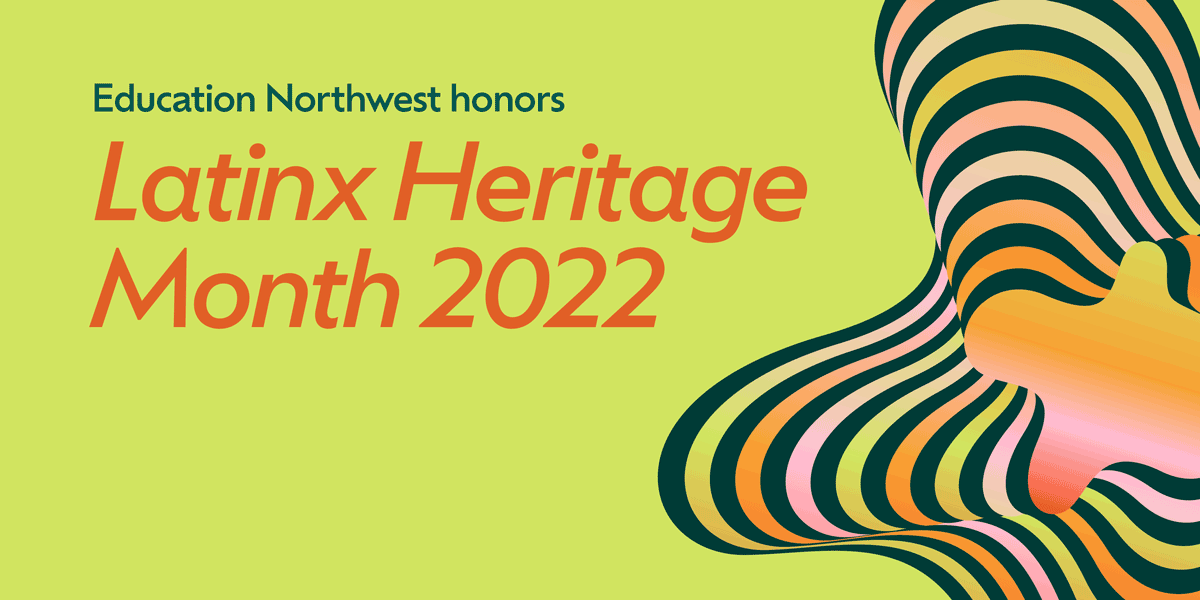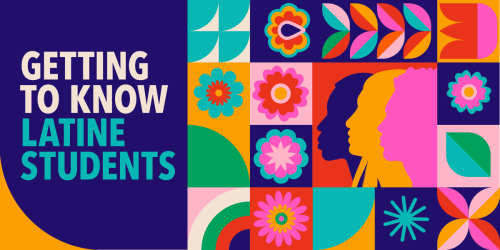For Latine Students, Music Is More Than Entertainment; It’s a Place to Heal and Connect

Author Malcolm Gladwell once said, “We think with our eyes and feel with our ears.” When it comes to coping with various forms of racism, Dr. Marbella Uriostegui has uncovered that one of the most evocative types of sound—music—can play a healing role for students of color, including Latinx students at predominantly white institutions and universities.
With a team of fellow researchers, Marbella set out to help universities understand their Latinx students better by exploring how students use music to make sense of hostile academic and social settings, connect with their own ethnic identity, and fortify their sense of belonging in hostile environments.
“From my understanding of research on students of color in university spaces, a lot has been written about their experiences, ranging from indifference to outward hostility,” says Marbella.
Racism on Campuses Today
There are a host of ways students experience marginalization or racism at colleges and universities, Marbella says. One example includes campus cultural starvation, where sculptures, names, buildings, and curricula don’t reflect Latinx histories, language, or identities.
Administrators must understand that music is not just trivial entertainment, but rather plays a critical role in the experiences of Latino college students.
Latinx students can also be subjected to racial slurs, jokes, tokenism, or microaggressions—subtle verbal or nonverbal degradations that cause stress to students. One common example is the comment “You speak very good English,” which conveys a sense of surprise that a student of color is a fluent and native English speaker.
At the institutional level, microaggressions include cultural alienation, which can arise from a lack of ethnic support groups and inadequate representation among faculty and educators.
Music As a Safe Counterspace
Marbella and her team’s qualitative study aimed to move away from a simplistic view of listening to music. Instead, the team wanted to gain a deeper understanding of how and why music, or the auditory realm, can serve as an intentional space or time that helps affirm students emotionally, psychologically, or physically, especially in a time of stress or after a negative encounter.
The research also pushed the boundary of the concept of a counterspace (an empowering physical or social realm that promotes affirmation and resistance to racism) to include sonic counterspaces: psychological realms that achieve the same effect as their physical counterparts.
Traditional counterspaces on university campuses may include cultural centers, cultural fraternities and sororities, or natural mentorships between educators of color and students of color. In these physical spaces, Latinx students’ ethnic identity and cultural experiences are validated. In a similar way, when students enter sonic counterspaces by listening to music, they can be themselves and connect to cultural identity that may lead to self-preservation in hostile spaces that threaten their well-being.
Music As a Bridge to Identity and Others
Marbella and her team found that Latinx students’ music selection included music in multiple languages and a wide range of genres. For students in this study, music choices and habits were informed by layered identities, experiences, and languages, which opened the realm of musical possibilities.
The team also learned that some students used music as a tool to avoid reacting to displays of ignorance, while some chose music from their childhood when they felt homesick.
The music Latinx students listened to at college was also a way to connect with parents, peers, and cultural roots, as it provided a sense of familiarity, comfort, and home. Most students used the auditory realm as an emotional outlet for academic stress and as a way to connect with others.
“This work is important to me because I pride myself on being bilingual and listen to music in different languages and being able to understand it and use it in specific ways,” says Marbella. “This work shows that music listening practices may help activate innate resiliency strategies.”
The Takeaway for Higher Education Leaders
Ultimately, institutions of higher education can facilitate a sense of belonging for Latinx students by investing in ethnic studies courses, cultural social groups, and cultural centers with resources and funding to support the use and study of music as a cultural force.
Latinx Resources
Past Reflections from Staff
- No One Gets Left Behind: Affirming a Mexican Vision of Community
- Unpacking the “Hispanic” in Hispanic Heritage Month
- Enriching Data with Experience: How Latinx Identity Strengthens Research at Education Northwest
- Making it Personal: Conducting Relevant Research to Support English Learners
Past Celebrations
- Community Is a Call to Action—Latinx Heritage Month
- Celebrating Latinx Heritage Month: Understanding Diversity by Exploring Identity
- Latinx Educators Tell Their Stories



